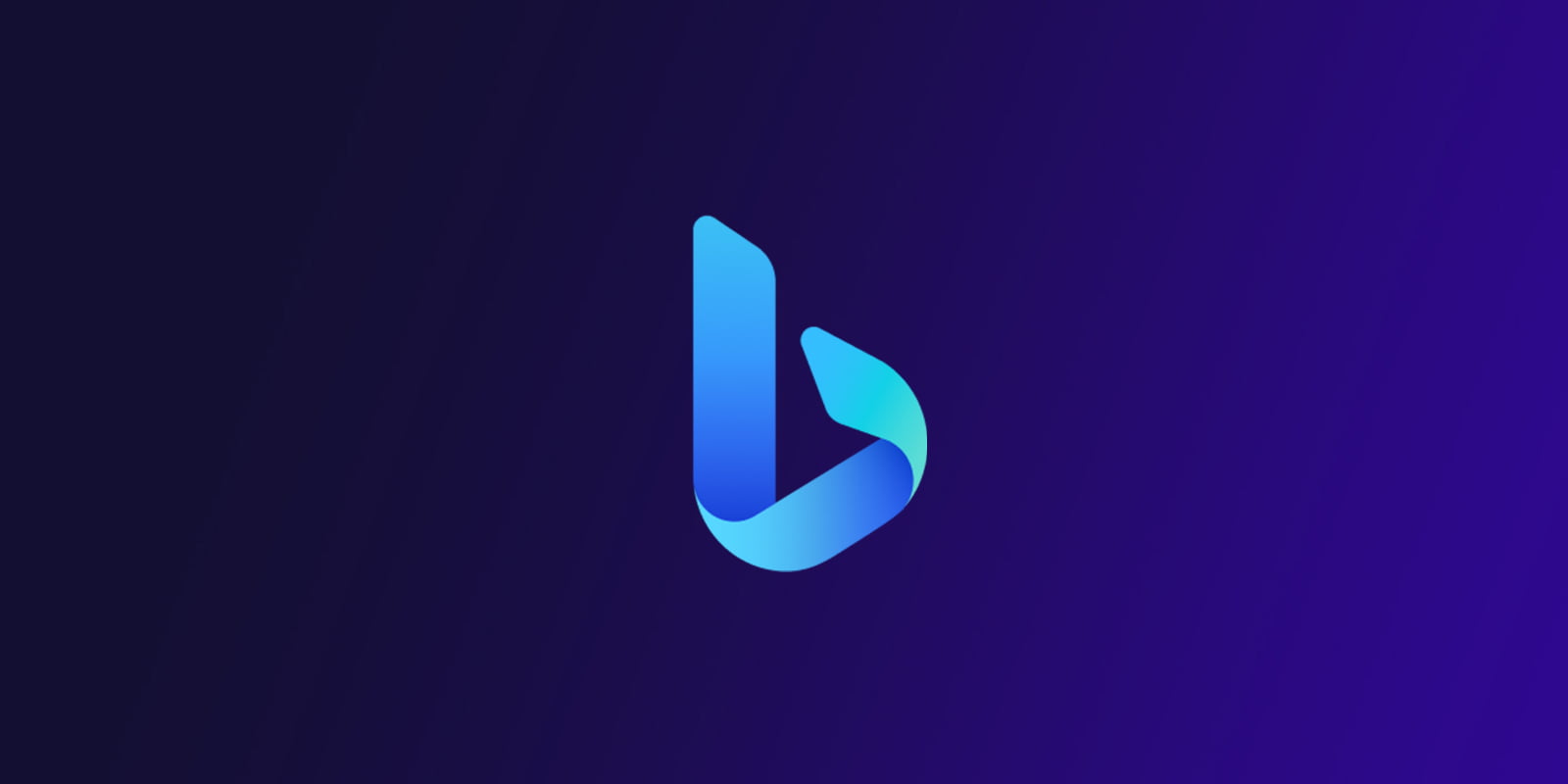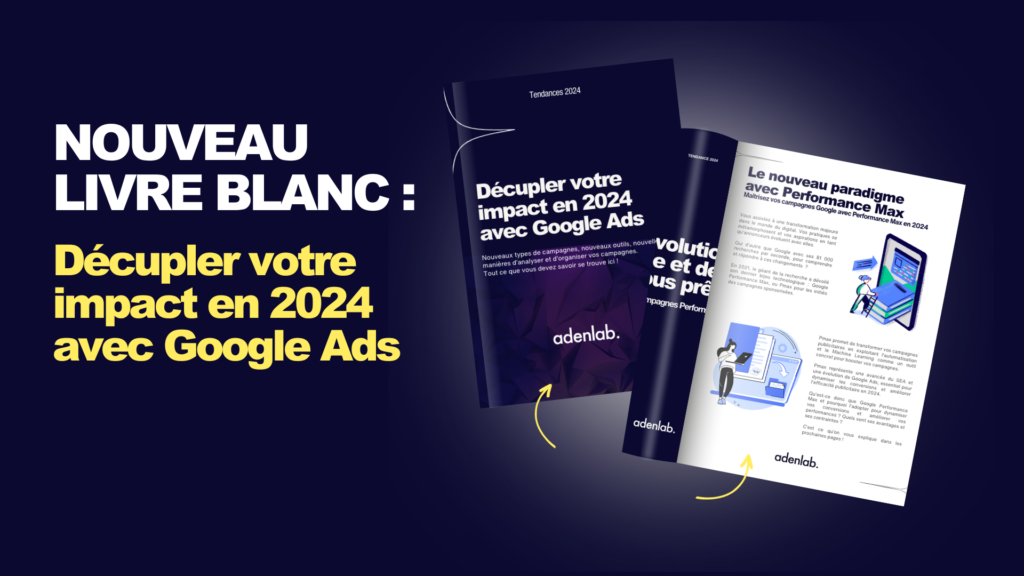With a relatively modest market share, Bing continues to demonstrate its willingness to innovate and compete. The platform has introduced a series of improvements and innovations with the aim of offering users a unique search experience and undermining Google’s supremacy. Following in Google’s footsteps, Microsoft has announced the opening of a Performance Max beta on Bing. It’s worth noting that the dynamics of the search engine market could change as these innovations are adopted by a wider audience.
Download our white paper
Nevertheless, in the world of search engines, Google reigns supreme, dominating every region of the globe. Whether you consult sources like Statscounter or others, Google’s dominance is indisputable.
 Microsoft has opened its Performance Max platform, a type of automated campaign, in beta for certain markets, giving them access to inventory and the ability to run ads on its network.
Google had announced the development in 2020 of a similar Performance Max (PMAX), a goal-based platform that allows advertisers to access all Google Ads channels from one campaign using Merchant Center. It was officially launched in November 2021.
Key features integrated into Microsoft Performance Max include responsive search ads, product ads, automated bidding, audience signals, predictive targeting, dynamic search ads and more.
Microsoft has opened its Performance Max platform, a type of automated campaign, in beta for certain markets, giving them access to inventory and the ability to run ads on its network.
Google had announced the development in 2020 of a similar Performance Max (PMAX), a goal-based platform that allows advertisers to access all Google Ads channels from one campaign using Merchant Center. It was officially launched in November 2021.
Key features integrated into Microsoft Performance Max include responsive search ads, product ads, automated bidding, audience signals, predictive targeting, dynamic search ads and more.




